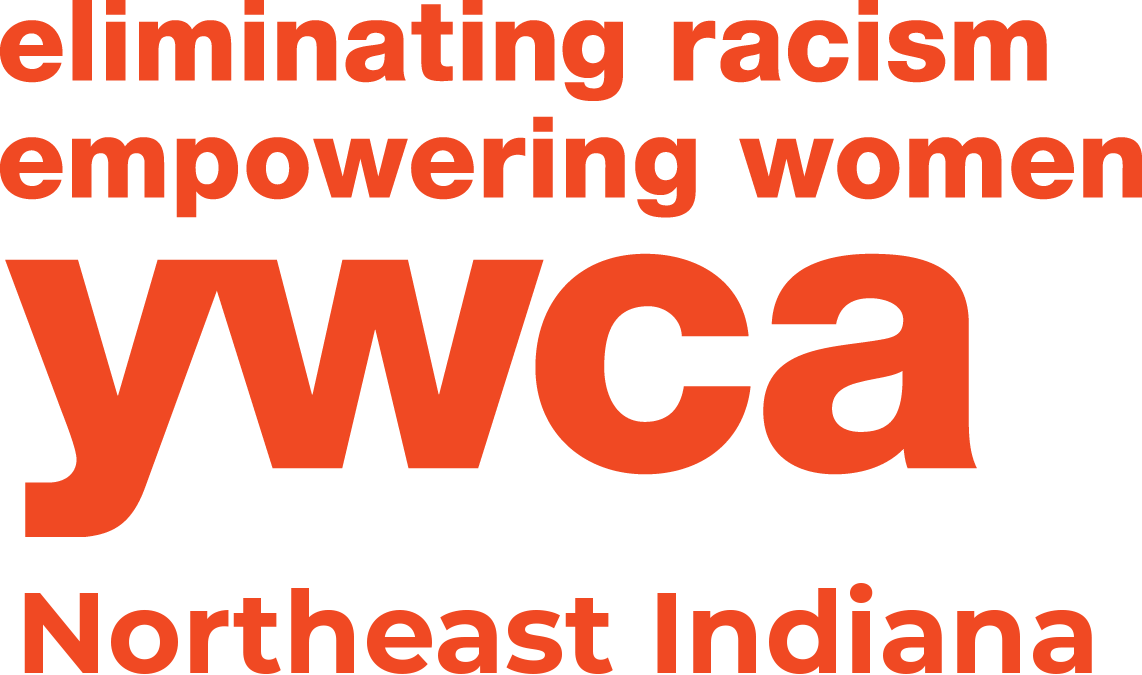
Patti Hays
CEO, AWS Foundation
November 1920 is remembered for the election when women, white women, across the United States were allowed to vote for the first time. However, it was not until the civil rights laws of 1965 when Black women were freed from Jim Crow laws and were ensured that same right.
The vote was just one link in a long history of women’s rights. It was a few years prior to the introduction of the 19th Amendment (1915) when the last state in our 48-state country passed legislation granting married women the right to keep their wages and own property in their own name. At the turn of the century, 60% of all women employed outside the home were domestic servants. The fight for the right to vote was a battle that came alongside regulation of child labor and women’s rights to join unions. Having the right to vote also meant gaining rights of citizenship in other realms.
The first female Senator was elected in 1922, and since that time we have seen only 57 women fill that role (26 are in office as of this writing). In 1981 Sandra Day O’Connor became the first female justice appointed to the Supreme Court.
Women in Indiana still are paid only 75 cents for each dollar earned by a man; for a Black woman, that is 63 cents and for a Latina, 55 cents. Indiana and 19 other states have not seen their first female governor. Indiana is one of 18 states that has never had a female Senator.
Let us not celebrate this right to vote without recognizing that unless we exercise that right and encourage women to represent their state, we are likely to continue to experience inequities.
